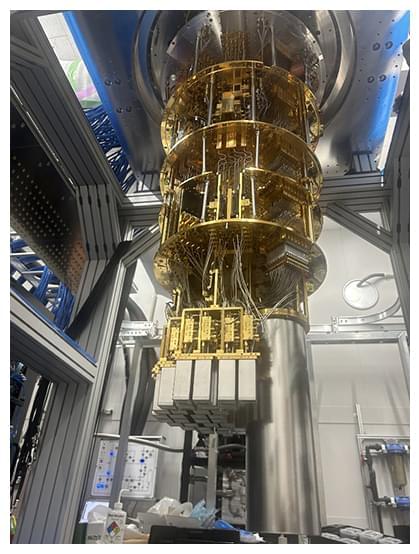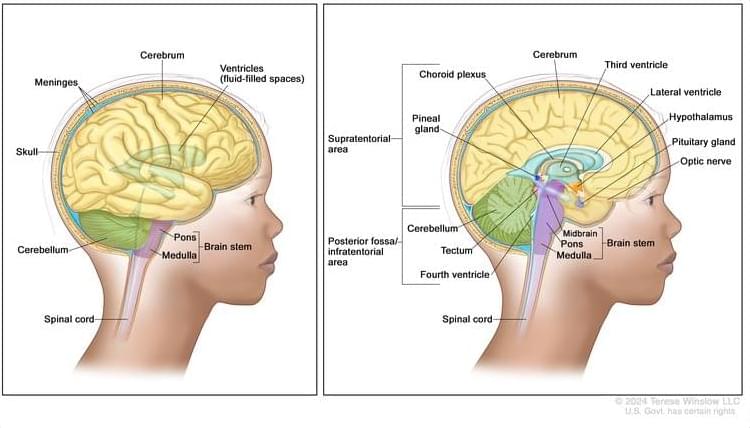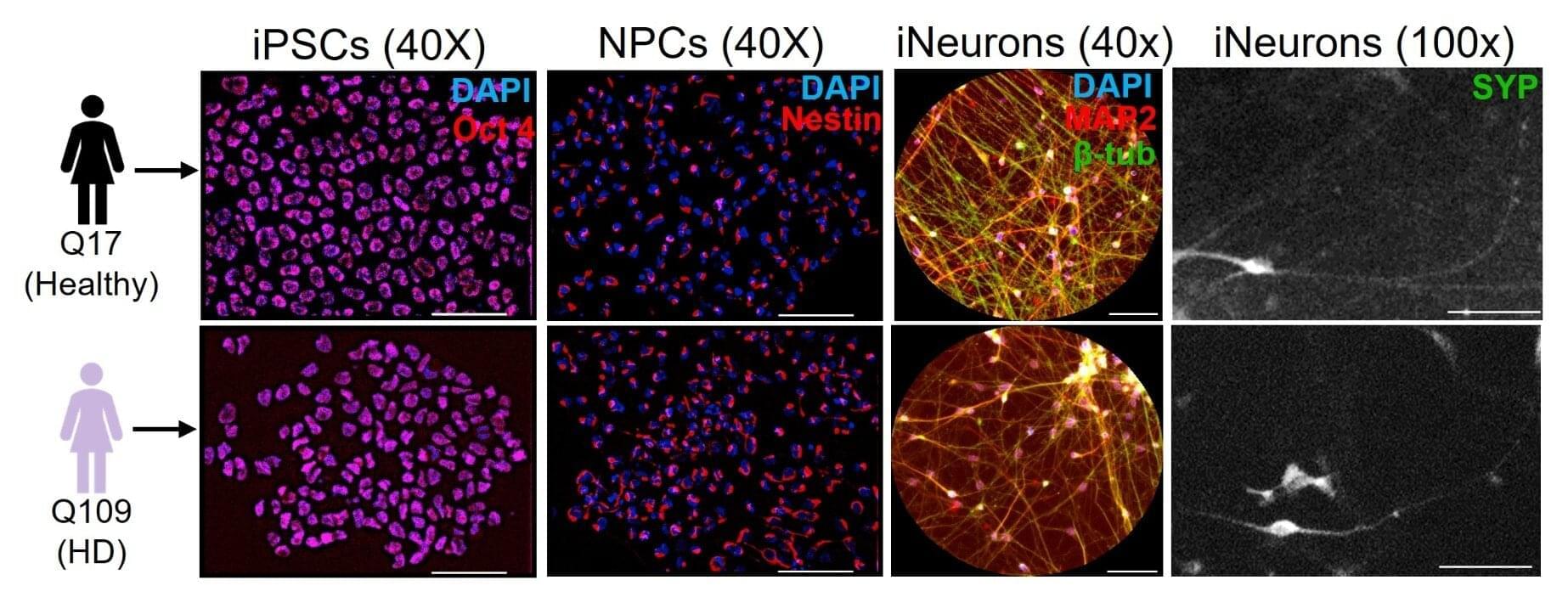The Medicines and Healthcare products Regulatory Agency (MHRA) has today (30 April 2025) approved a new under-the-skin injection version of the cancer therapy, nivolumab (Opdivo), offering a quicker administration option for eligible patients.
The subcutaneous formulation of nivolumab can be given as a 3–5-minute injection instead of the 30-or 60-minute intravenous (IV) infusion. Several common cancers can be treated by nivolumab, including lung, bowel, kidney, bladder, oesophageal, skin, and head and neck cancers.
Patient safety is our top priority, which is why I am pleased to confirm the national approval of the new under-the-skin injection version of nivolumab.
This approval marks an important step forward in improving treatment access and reducing the time patients spend in clinics. It has the potential to ease pressures on NHS services, while also giving patients flexibility in their care.
We’re assured that the appropriate regulatory standards of safety, quality, and efficacy for the approval of this new formulation have been met. As with all products, we will keep its safety under close review.










